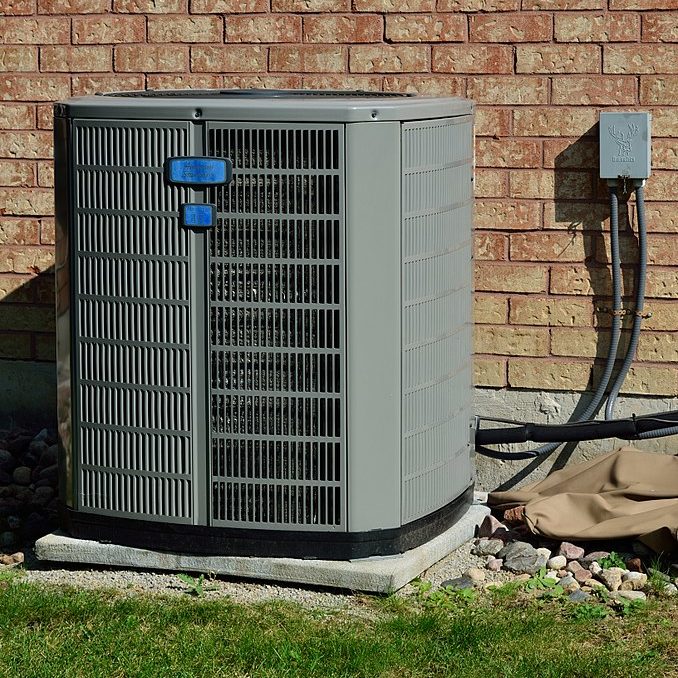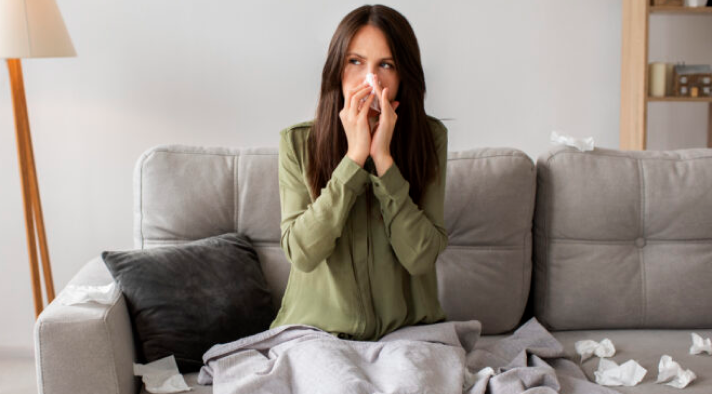June 13, 2022
How to Lower Humidity in the House

In your house, humid air and moist surfaces can cause smells, mold and mildew, and can even cause damage to paint, wallpaper, and furniture. Humidity can be tough on your sanity as well by making it difficult to live, work, and sleep comfortably. On the other hand, dry air, which is a frequent side effect of a gas or electric furnace, can irritate your respiratory system. For this reason, it is critical to monitor and manage humidity all year long.
Top Tips for Reducing Humidity in the House
There are a few hacks you can use to reduce humidity in your home. We’re going to go over our top tips.
Keeping Windows Open
You may think keeping windows open to lower humidity may be counterintuitive, however keeping air circulating is key in preventing humid air from setting in your home. When it comes to lowering humidity, moving air is almost always better than stagnant air.
There are smart ways you can keep windows open to reduce humidity. To start, windows don’t have to be fully open to lower humidity levels. A slight crack will do the job in improving air circulation in your home. Next, opening windows that are facing the direction wind is blowing will also increase air circulation. Last, keep windows in areas of your home where humid air is more likely to be trapped, such as bathrooms and the kitchen.
Using Fans
Similar to keeping your windows open, using fans help with air circulation and prevent humid air from sitting stagnant in your home. There are a few different fans that can be used to reduce humidity.
Ceiling Fans
Ceiling fans can be extremely beneficial in reducing humidity in a home because they are able to keep air circulating across an entire room and from the top down. Even a fan spinning at a low speed can help drastically with air circulation and lowering humidity.
Exhaust Fans
Exhaust fans can be extremely effective with reducing humidity in your home. They are usually installed in appliances and in your bathroom. They serve the purpose of pulling air out of the room/area it is located in. It’s important to be smart about the way you’re using them. For example, turn them on before you need to use them and keep them running until you’re done in the bathroom or kitchen.
Standing Fans
There are areas of your home where you may not have ceiling fans or an exhaust fan present. If this is the case, a standing fan will be your best option. Standing fans typically plug-in to the wall and can be placed anywhere in your home where a plug is present. They are great for improving overall airflow in your home, and can be used in conjunction with open windows to help with airflow in areas where there isn’t too much wind.
Be On The Lookout For Leaking Pipes
When attempting to lower indoor humidity, the last thing you want to do is add moisture. That is exactly what leaking pipes and faucets do.
Repair any leaks and wrap exposed pipes with insulators to prevent condensation from developing. Leaks can be identified by discolored walls, moist areas, and unusual water bills.
Utilizing Your HVAC System
Arguably the best option for lowering humidity in your home is by using your AC system. Air conditioners work to pull humidity out of the air while cooling. Air conditioners are even effective if the temperature isn’t set to a cold setting because it will still have a dehumidifying effect on the air. It is no secret that running the AC system can be expensive, especially in hot and humid areas. With that said, once the AC has gotten the home or room to the desired temperature and humidity level, it is easier to maintain the temperature and humidity levels in your home.
What Is The Optimum House Humidity Level In Summers?
The recommended indoor humidity level is thirty to fifty percent.
Too much moisture in the air makes you hot and unpleasant, and it can also harm your property.
On the other side, dry air can cause allergies, asthma, and damage to wood flooring. This is a major issue throughout the winter.
A humidity level of thirty to fifty percent strikes a balance between too much and too little moisture, keeping both you and your house comfortable.
Contact us Today for AC Installation and Repairs
Let’s face it, sitting at home in hot and humid conditions is miserable. Having a working AC system during the hot summer months can provide you with peace of mind. If you are in need of having a HVAC system installed or need service repairs to your current system, contact us today at [phone] or use the form below to get in touch.

